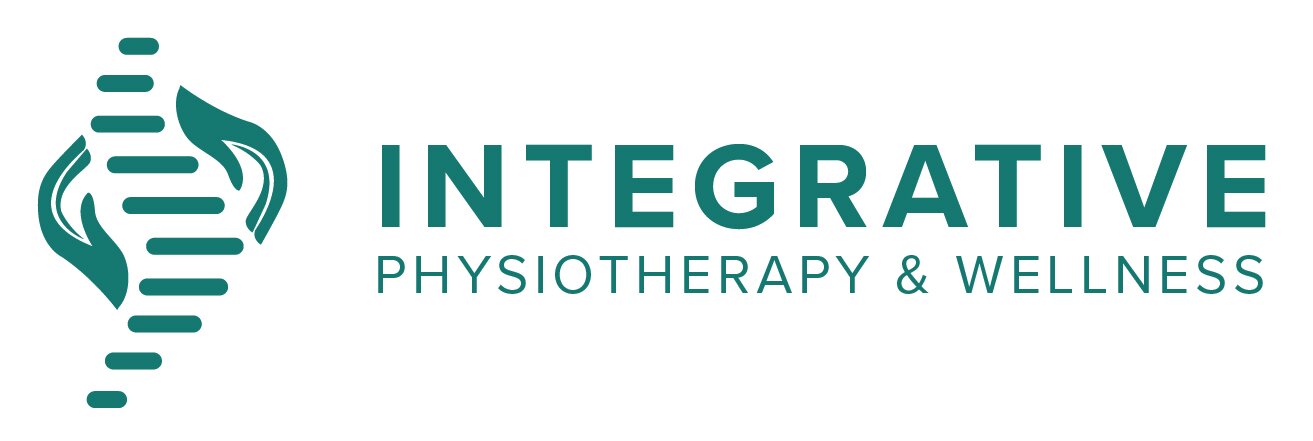Shoulder Pain Treatment in Barrie. On
The most common cause of shoulder pain occurs when rotator cuff tendons become trapped under the bony area in the shoulder. The tendons become inflamed or damaged.
Anatomy Overview: The Shoulder
The shoulder is a complex ball-and-socket joint made up of three main bones: the humerus (upper arm bone), the clavicle (collarbone), and the scapula (shoulder blade). These bones are cushioned by cartilage and connected through two key joints. The acromioclavicular (AC) joint links the top of the scapula with the clavicle, while the glenohumeral joint, also known as the shoulder joint, connects the ball-shaped head of the humerus with the outer edge of the scapula.
The glenohumeral joint is the most mobile joint in the body, allowing forward and backward motion, arm rotation, and the ability to move the arm up and away from the body. This range of motion is controlled by the rotator cuff, a group of four tendons that connect muscles to the bones of the shoulder. Damage or inflammation in the tendons or bones around the rotator cuff can make it painful or difficult to lift the arm.
5 Common Causes of Shoulder Pain
Degenerative Rotator Cuff: As we age, repetitive shoulder movements, overuse of muscles, or poor blood flow to the shoulder can lead to the degeneration of the rotator cuff. This degeneration can cause internal or external impingement (tendon pinching), leading to shoulder pain. The pain may come on gradually or suddenly and can worsen with overhead activities, lifting, or pushing and pulling, especially at night.
Shoulder Instability: Shoulder instability occurs when the structures stabilizing the shoulder joint become weakened, causing the joint to dislocate or partially dislocate (subluxation). Instability can be due to trauma or gradual wear, leading to tears in muscles or ligaments. It may result in pain or discomfort, decreased strength, and hypermobility (excessive movement) in the joint. Instability can be unidirectional (anterior, posterior, or inferior) or multidirectional and is more common in young individuals, particularly men, due to trauma.
Adhesive Capsulitis (Frozen Shoulder): Frozen shoulder is a progressive and painful condition that results in stiffness and reduced mobility. Inflammation occurs in several areas of the shoulder joint, causing the space between the joints to shrink, leading to further stiffness. As the condition progresses, pain may decrease while stiffness increases. Muscle mass in the shoulder may also be lost over time.
Tendon Tears: Tears in tendons such as the SLAP (Superior Labrum Anterior and Posterior), biceps, triceps, and subscapularis tendons can result from trauma or repetitive microtrauma. Athletes involved in overhead sports are particularly prone to SLAP tears. Individuals may experience deep shoulder pain, feelings of instability, or difficulty holding and lifting objects.
Bursitis: Bursitis is the inflammation of the bursa (small fluid-filled sacs that reduce friction in the shoulder joint). Conditions such as diabetes, gout, or rheumatoid arthritis can increase the risk of bursitis. Symptoms include redness, swelling, warmth, and pain, which can interrupt sleep and limit shoulder movement.
Treatment Options:
As physiotherapists, we are trained to assess and effectively treat these conditions. Our assessment starts with an in-depth examination to identify the underlying cause of pain, followed by a comprehensive biomechanical analysis. This helps us tailor a personalized treatment plan aimed at restoring function and reducing pain.
Treatment may involve manual therapy techniques such as joint mobilization, manipulation, soft tissue release, stretches, and strengthening exercises. Modalities like ultrasound and acupuncture can also be used to complement your rehabilitation goals.
These shoulder conditions are common but highly treatable. If you are experiencing any of these issues, contact us for a thorough assessment and treatment plan designed to help you recover.
Written by:
Anjali Patel, Registered Physiotherapist Resident, Orthopaedic Physiotherapist, Concussion Management Specialist
References:
Orthopaedic Division, Canadian Physiotherapy Association, Theory Manual
About Us:
At Integrative Physiotherapy, a Barrie-based clinic, we focus on personalized, one-on-one patient care using a manual therapy approach. Our goal is to empower patients with high-quality, individualized care, combining the best available techniques to achieve exceptional outcomes. We ensure each session is focused entirely on you—no double bookings or assistants—allowing us to help you achieve your functional and sports goals as quickly as possible.
We are here to help you overcome pain and get back to the activities you love! Contact us today to schedule your appointment. Don’t let shoulder pain control your life!


